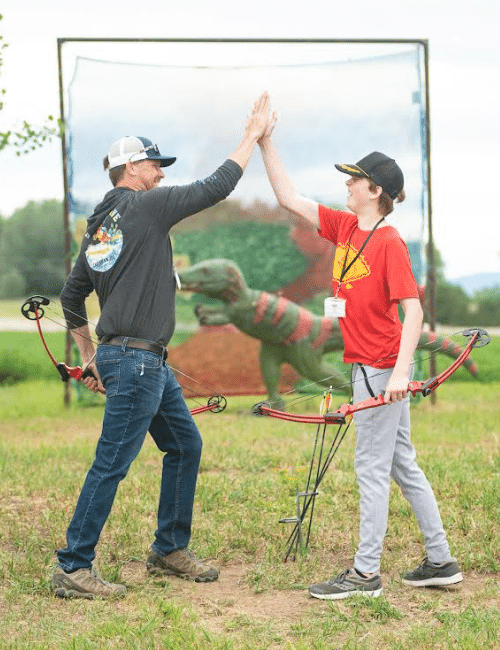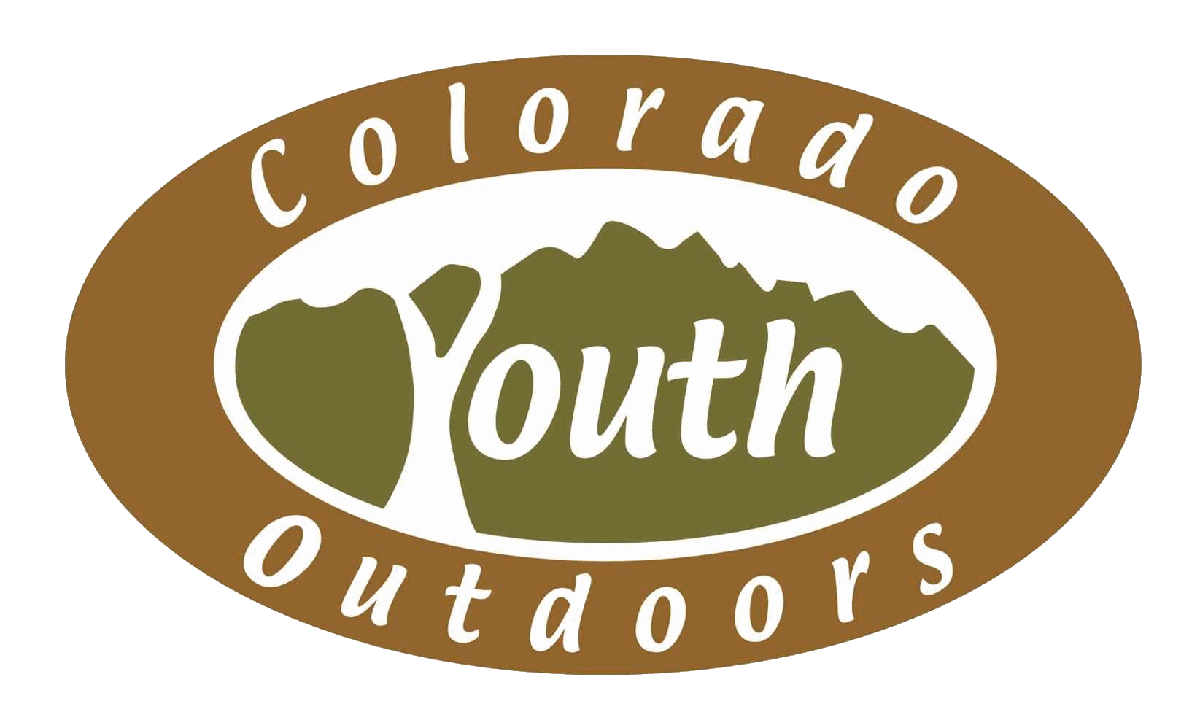PACD: Appreciate
Here’s the second installment in a 4-part series on Colorado Youth Outdoors’ teaching model: PACD.
Read Part 1: Participate here.
PACD (Participate, Appreciate, Communicate, Dedicate) is what we’ve come up with through teaching 20+ years of outdoor recreation. Our goal has always been building your relationship.
Building Your Relationship
PACD is a toolkit to help frame the way you think about and interact to one another. To make it work, we mix in new activities, challenges to complete together, and a bit of the out-of-doors. (We’re onto something – read about Colorado’s Outdoor RX)
Now, we don’t claim to be therapists. We’d never want a talk about feelings to get in the way of catching a bass.
In fact, we’d never call our PACD toolkit ‘therapy’. It’s more like character building. Think of it like that pocket knife you carry around: it takes a hard job & makes it a little easier.

Second word: Appreciate
Listen, learning new skills isn’t easy. Neither is working on a relationship with a loved one . . . there’s no quick fix. Both take time. When things take time, don’t get frustrated! Appreciate the process. Give yourself space to fail, and celebrate the small wins along the way.
Appreciation is simply being grateful (but our PACD acronym needed a vowel – PGCD just didn’t flow).
Why Show Gratitude?
- Makes you happier – you’ll focus on the positive instead of the negative
- Improves relationships – if you look for the good in others, you’ll find it! And they will reciprocate.
- Increases resilience – folks that focus on the positive can handle stress and adversity better than those who focus on negative aspects. It’s science!
- Better well-being, better sleep, better health . . . are you getting the picture? There’s no downside to being grateful.
How does appreciation play into learning a new task?
Let’s take archery:
On your first attempt, just getting the arrow to sit on the bow correctly is intimidating. After that, you have to pull back while keeping the arrow in place . . . and then let go at the right time . . . all while aiming at your target.
That’s a lot! You’ll probably fail several times. No big deal – there’s time to try again. Your neighbor might figure it out before you. That’s no problem – it has no bearing on you. Try again.
Did you keep the arrow on the bow longer this time? Right on! Got the arrow to fly forward off the bow? Great progress! Next attempt, did the arrow go a little further? Awesome!
If you don’t take a second to celebrate — and appreciate — your little victories, who will? Take a deep breath and enjoy the process. Remember: you’ve never done this before. It’s pretty cool you’re taking the opportunity to try!
Continuing the Lesson Plan:
From the participate blog post – two of you have started an activity together that you’re both curious about. Fixing a car, cake decorating, the activity makes no difference to us. Here’s your goals as you approach the activity from an APPRECIATION framework:
give thanks – use affirmations – celebrate success – be grateful
Some questions to ask yourselves at the end of your activity:
What is someone or something you are grateful for?
What is a success you can celebrate today?
What are a few different ways to give thanks?
Additional Excercises:
Write down 3 things you’re grateful for. Big things, little things — just make sure you think up three things.
Do it again tomorrow. And the next, and the next . . . . Doing this every day creates a habit of gratitude. It can be journaled formally or written on a napkin you throw away. The point is taking the time to for your brain to feel gratitude. It may even increase the amount of gray matter in the right inferior temporal gyrus (this is good)!
Got a bag of skittles and at least two of you? Play our Skittles gratitude game.
